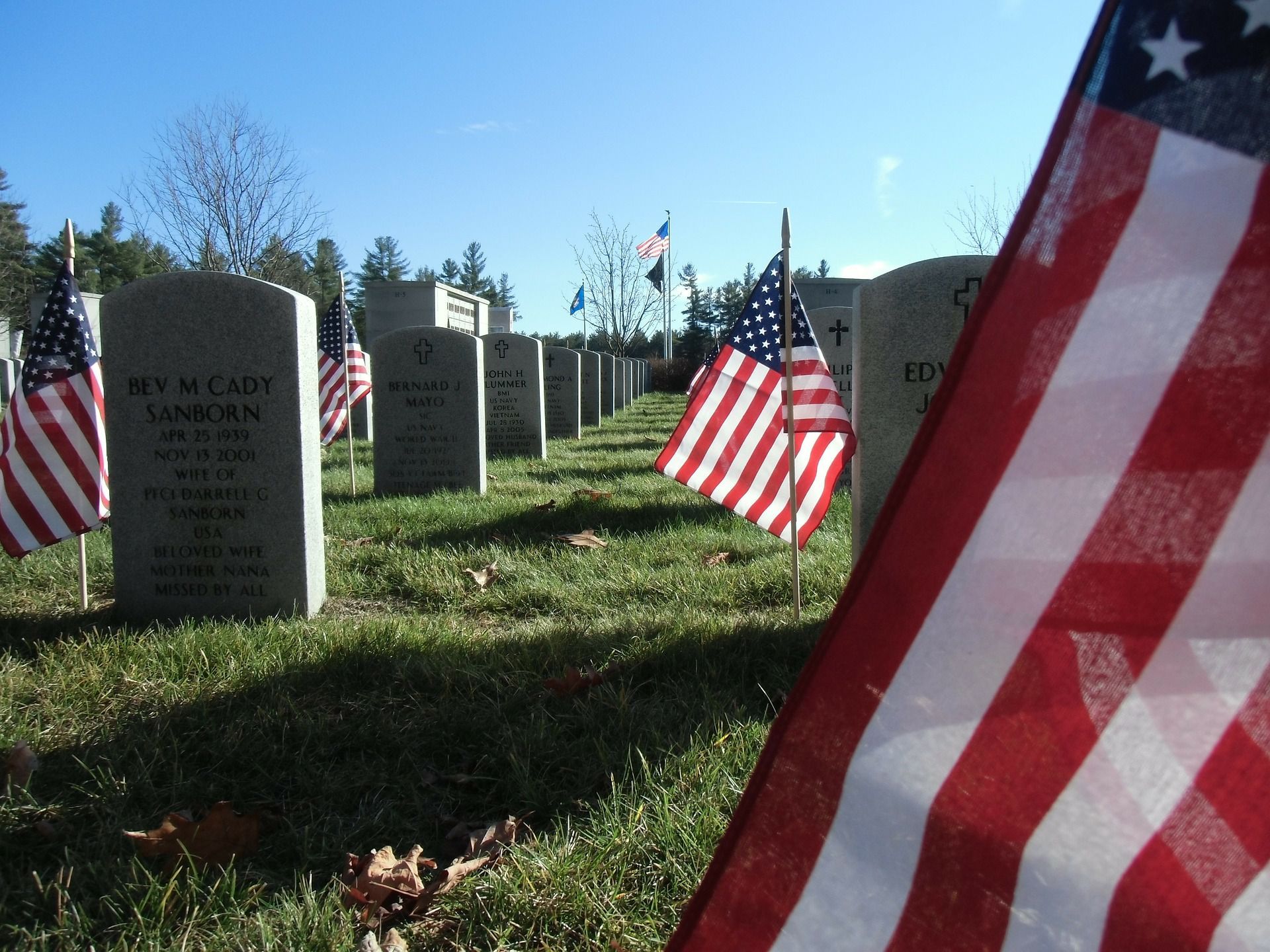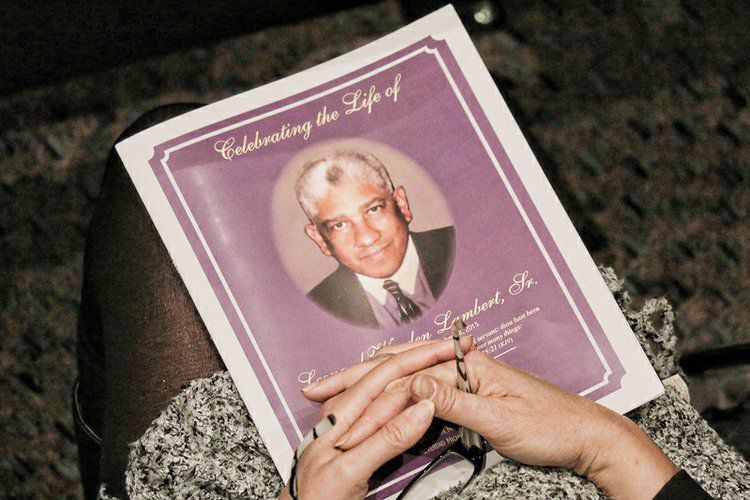Not Sure How To Pay For A Funeral? Try Crowfunding
While it’s important to plan for the eventuality of a funeral whenever possible, it’s not always realistic. Sometimes death comes upon us suddenly. When this happens, loved ones can end up facing the major, unplanned expense of a funeral.
Paying for a funeral can be difficult, but there are a number of different ways to go about it. It is likely that there are people around you who want to be supportive and find a constructive way to help during this difficult time. If you’re not sure how you can pay for a loved one’s funeral service, crowdfunding might offer a solution for you.
WHAT IS CROWDFUNDING?
Crowdfunding is the process of collecting a large sum of money from a series of small, individual donations. These donations often come from friends and family, but sometimes from anonymous good samaritans. Like so many things these days, crowdfunding is an online process completed through websites like Fundable.com, GoFundMe.com, YouCaring.com, and others.
Crowdfunding has had a popularity boom in recent years. In 2015, about $3 billion was raised from crowdfunding efforts.
HOW TO CROWDFUND EFFECTIVELY
If you think crowdfunding might be appropriate for your situation, here are a few tips to keep in mind for a successful crowdfunding campaign:
Be Personal
Crowdfunding for a memorial or funeral service is a naturally personal endeavor. When asking people to donate, it’s important to be honest about your financial situation (i.e., why you need the donations).
Crowdfunding efforts will be more successful if you include photos of the individual who will be remembered in the service, details about what the money will be used for (flowers, casket, etc.), and personal anecdotes about the deceased.
Use Social Media
Social media makes a very complementary tool for a crowdfunding campaign. Create accounts on Twitter, Facebook, and Instagram for your campaign and connect with friends and family on these social channels. Always be sure to include a link back to your crowdfunding page where people can donate. YouCaring has a wonderful article explaining just how to create social pages for your crowdfunding campaign.
It’s also important to remind donors and social media connections to share on their social media profiles. The more people your crowdfunding campaign can reach, the more effective it will be.
Keep Clear Records
Clear records are vital in the crowdfunding process. Not only is it important to document what you do with that you’ve received, but it’s also important to document for tax purposes.
If your campaign gets 200 donations or reaches a total of $20,000, you will need to report the income to the IRS. Funds used for the funeral are not taxable because those funds are technically a gift, but it’s still important that the IRS sees a record of them when you report your income. Your tax agent can include a note explaining why the sum isn’t included in your taxable income.
Be Active
An engaged campaign leader can mean the difference between a hugely successful campaign and a total failure.
Campaign leaders should organize events to spread the word and encourage donors. In the case of a funeral, this could mean working with the deceased’s favorite restaurant to host a dinner for friends and family and donate a portion of the proceeds to the cause.
Engaged campaigners will also reach out to the media for coverage and constantly update their social profiles as well as the crowdfunding website.
LET PEOPLE HELP
Crowdfunding is a practical use of your support network. It not only reduces stress for the funeral planners, but it also provides a way for people to honor and remember the deceased. If you’re struggling to pay for a loved one’s funeral, choose a platform and start crowdfunding today.




